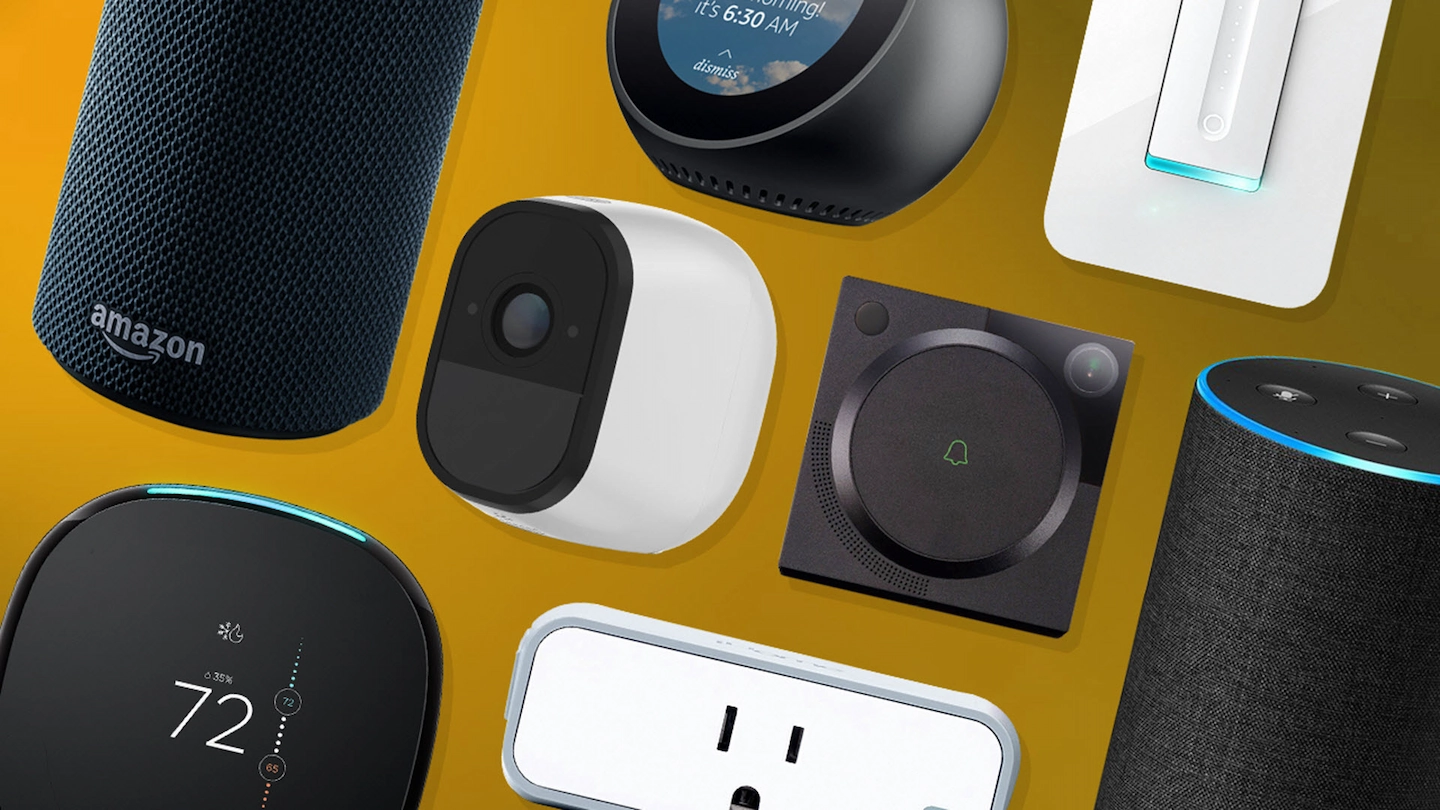You’ve heard about smart lights, smart plugs, smart thermostats, and security cameras. You might even have a few of these devices already. But as your collection of smart gadgets grows, you might notice a common challenge: managing multiple apps for different brands, and devices that don’t seem to “talk” to each other. This is where the concept of a smart home hub and a smart home ecosystem becomes not just convenient, but essential.
Think of a smart home hub as the central brain of your connected home, and the ecosystem as the language and framework that all your smart devices use to communicate and work together harmoniously.
What is a Smart Home Hub?
A smart home hub (also known as a smart home controller or gateway) is a dedicated device that acts as a central coordinator for your smart gadgets. Its primary function is to bridge the communication gaps between devices that might use different wireless technologies or come from various manufacturers.
Unlike individual smart devices that often connect directly to your Wi-Fi and operate through their own apps, a hub can:
- Translate Protocols: Smart devices communicate using various wireless “languages” or protocols, such as Wi-Fi, Bluetooth, Zigbee, Z-Wave, and newer standards like Thread and Matter. A good hub is multilingual, allowing devices using different protocols to communicate with each other.
- Centralize Control: Instead of juggling multiple apps, a hub typically provides a single app or interface to control all your connected devices.
- Enable Local Automation: Many hubs allow for “local” processing of automation rules (e.g., “If motion detected, then turn on light”). This means routines can run quickly and reliably, even if your internet connection goes down, as commands don’t need to travel to the cloud and back.
- Advanced Automation: Hubs unlock more complex automation scenarios (“routines” or “scenes”) where multiple devices perform actions based on triggers (e.g., “When I unlock the front door, turn on the hallway light, adjust the thermostat, and start the coffee maker”).
Smart Home Hub vs. Smart Speaker: What’s the Difference?
It’s easy to confuse a smart home hub with a smart speaker (like an Amazon Echo or Google Nest Hub). While many smart speakers can act as basic hubs (especially newer models with built-in Zigbee or Matter support), their primary function is voice interaction and information retrieval.
- Smart Speaker: Primarily a voice assistant for commands, playing music, answering questions, and controlling compatible smart devices. May have limited hub capabilities.
- Smart Home Hub: Primarily a control center for connecting, automating, and managing a wide array of smart devices, often with a focus on local control and protocol translation. Many hubs can integrate with smart speakers for voice control.
Understanding Smart Home Ecosystems
A smart home ecosystem refers to a collection of smart devices, software platforms, and services that are designed to work together seamlessly. When you buy a smart device, it usually belongs to or is compatible with a particular ecosystem.
Popular Smart Home Ecosystems:
- Google Home / Google Assistant: Powered by Google Assistant, this ecosystem integrates well with Google’s own Nest devices (thermostats, cameras, displays) and a vast range of third-party devices that carry the “Works with Google Home” badge. It’s known for its strong AI capabilities and seamless integration for Android users.
- Amazon Alexa / Amazon Echo: Amazon’s ecosystem, driven by Alexa, boasts the widest range of compatible devices and “skills.” Echo smart speakers often have built-in Zigbee or Matter hubs, making them a popular starting point for many.
- Apple HomeKit / Siri: Apple’s ecosystem, powered by Siri, emphasizes privacy and security. While it historically had fewer compatible devices, those that work with HomeKit are deeply integrated with Apple devices (iPhones, iPads, Apple Watches). New standards like Matter are helping expand HomeKit compatibility.
- Samsung SmartThings: A more comprehensive platform that often requires a dedicated SmartThings Hub. It supports a wide array of protocols (Zigbee, Z-Wave) and devices from many manufacturers, offering powerful automation capabilities.
- Dedicated Hub Ecosystems (e.g., Aqara, Hubitat, Homey): These brands offer their own hubs and often have a strong focus on specific protocols (like Zigbee for Aqara) or advanced local automation for power users (like Hubitat or Home Assistant). They provide deeper control but might have a steeper learning curve.
Why You Might Need a Smart Home Hub
- Cross-Protocol Compatibility: If you have devices that use different protocols (e.g., a Zigbee light bulb and a Z-Wave door sensor), a hub acts as the translator, allowing them to communicate.
- Unified Control & App Simplification: Manage all your devices from a single app, eliminating the need to switch between dozens of manufacturer-specific applications.
- Enhanced Automation: Create sophisticated routines and scenes that involve multiple devices and complex triggers, going beyond simple “if this, then that” scenarios.
- Local Control & Reliability: For critical automations (like security or lighting), local control ensures they work even without an internet connection, providing greater reliability.
- Improved Performance: By offloading processing from individual devices or the cloud, a hub can make your smart home respond faster.
- Future-Proofing (especially with Matter): The new Matter standard aims to unify smart home devices, allowing them to work across different ecosystems. Many modern hubs are designed to be Matter controllers or border routers, making them a good investment for future compatibility.
Choosing the Right Hub and Ecosystem for You
- Assess Your Current Devices: What smart devices do you already own? Which ecosystems are they compatible with?
- Consider Your Preferred Voice Assistant: Are you an avid Google Assistant, Alexa, or Siri user? This might naturally steer you towards a specific ecosystem.
- Identify Your Needs: Are you looking for simple voice control, or advanced custom automation? Do you prioritize local control for reliability?
- Understand Protocols: If you plan on having many devices (especially sensors or switches), a hub that supports Zigbee or Z-Wave can be more reliable and power-efficient than relying solely on Wi-Fi.
- Read Reviews: Research user experiences and reliability of different hubs and their associated apps.
- Budget: Hubs and devices vary in price. Some smart speakers offer basic hub functionality at a lower entry cost.
A smart home hub and a carefully chosen ecosystem can transform a collection of disparate smart gadgets into a truly intelligent, responsive, and seamless living space. It’s the step that turns your “connected” home into a truly “smart” one.
At Electronics Place, we offer a range of smart home hubs and devices compatible with popular ecosystems to help you build your ideal connected home. Our experts can guide you through the options, ensuring you choose the right brain for your smart home aspirations. Visit us today and start building your perfectly automated home!





 No products in the cart.
No products in the cart.